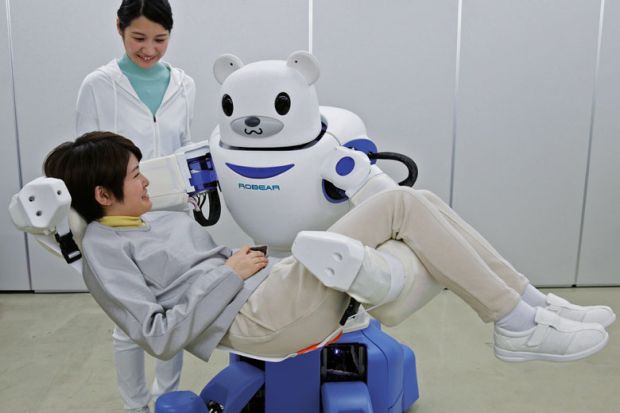A Japanese government move to boost industry-academia collaborations hints at the growing recognition of a need to address the country’s innovation blind spot, academics said.
Japan will provide up to ¥30 million (£195,000), covering up to half the fees for 10 courses developed out of collaborations between universities or technical colleges and companies, Nikkei Asia reported.
The money targets an increasingly critical lag in the Japanese education and research sector, which trails its neighbours in industry-academia collaborations despite ambitions to beef up research into areas such as batteries and semiconductors.
It also comes amid a recent slide in rankings and research by Japanese institutions, even as other Asian countries muscle up the charts.
Academics said that the initiative sets out an intention by the government to tackle what has become a thorn in the side of Japan’s research agenda.
“The amount of money the government [provides] is still very small and rather nominal, but it is aimed at changing the attitudes of both the industry and universities,” said Akiyoshi Yonezawa, vice-director of the international strategy office at Tohoku University.
He said that currently it is not uncommon for industry to fund university courses, with such collaborations ongoing at “most of the leading universities” in Japan – but these are still in the minority of institutions.
Takehiko Kariya, professor in the sociology of Japanese society at the University of Oxford, said that, although the amount of funding involved was small, the initiative represented a “big change” for Japanese higher education.
“This is because in the past industry-university collaborations have developed mostly in the research area, but not much in education,” he said.
“A sort of match funding between the government and private companies could show both university and business sides clear incentives to pay more attention to human resources development by creating new courses in adapting to rapid changes in such areas as decarbonisation.”
According to figures from Japan’s National Institute of Science and Technology Policy reported by Nikkei, Chinese companies foot roughly 27 per cent of universities’ research and development costs. By comparison, South Korean companies fund 14 per cent of research, while Japanese companies cover a mere 3 per cent.
Less industry involvement in academic research in Japan has led to a disconnect between the two sectors, said Rochelle Kopp, a consultant at Japan Intercultural Consulting.
“Japanese universities often are very divorced from the needs of industry and cut off from its resources and ideas. Bridging that gap makes a lot of sense,” she said.
And if Japan’s previous programmes are anything to go by, the scheme could grow, said Ms Kopp. “Japan often likes to do small pilot programmes before launching larger initiatives. This may be one of them.”
Professor Yonezawa said the newly formed government of prime minister Fumio Kishida looked likely to follow the tone set by Shinzo Abe’s administration, which promoted “university-industry relationships as a core component [of] innovation”.
But he cautioned against the cost of failing to improve academia-industry ties, with Japan already suffering from a lack of sufficiently trained researchers.
“Under fierce global competition, industry and the government as well as universities are having a strong sense of crisis [over the] shortage of highly skilled human resources, especially with doctoral degrees in the field of science and engineering,” he said.






